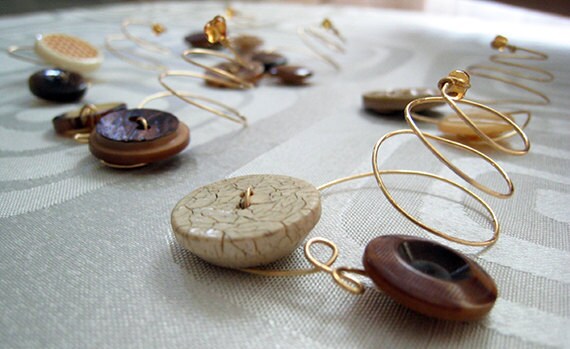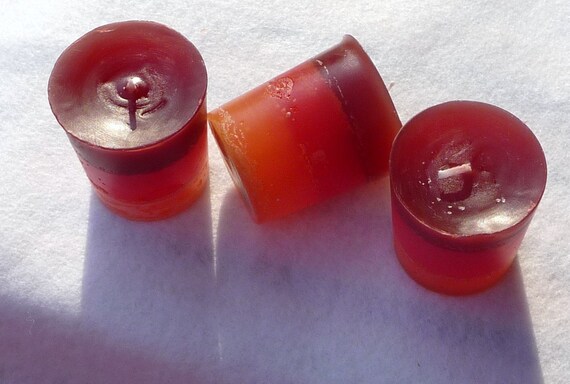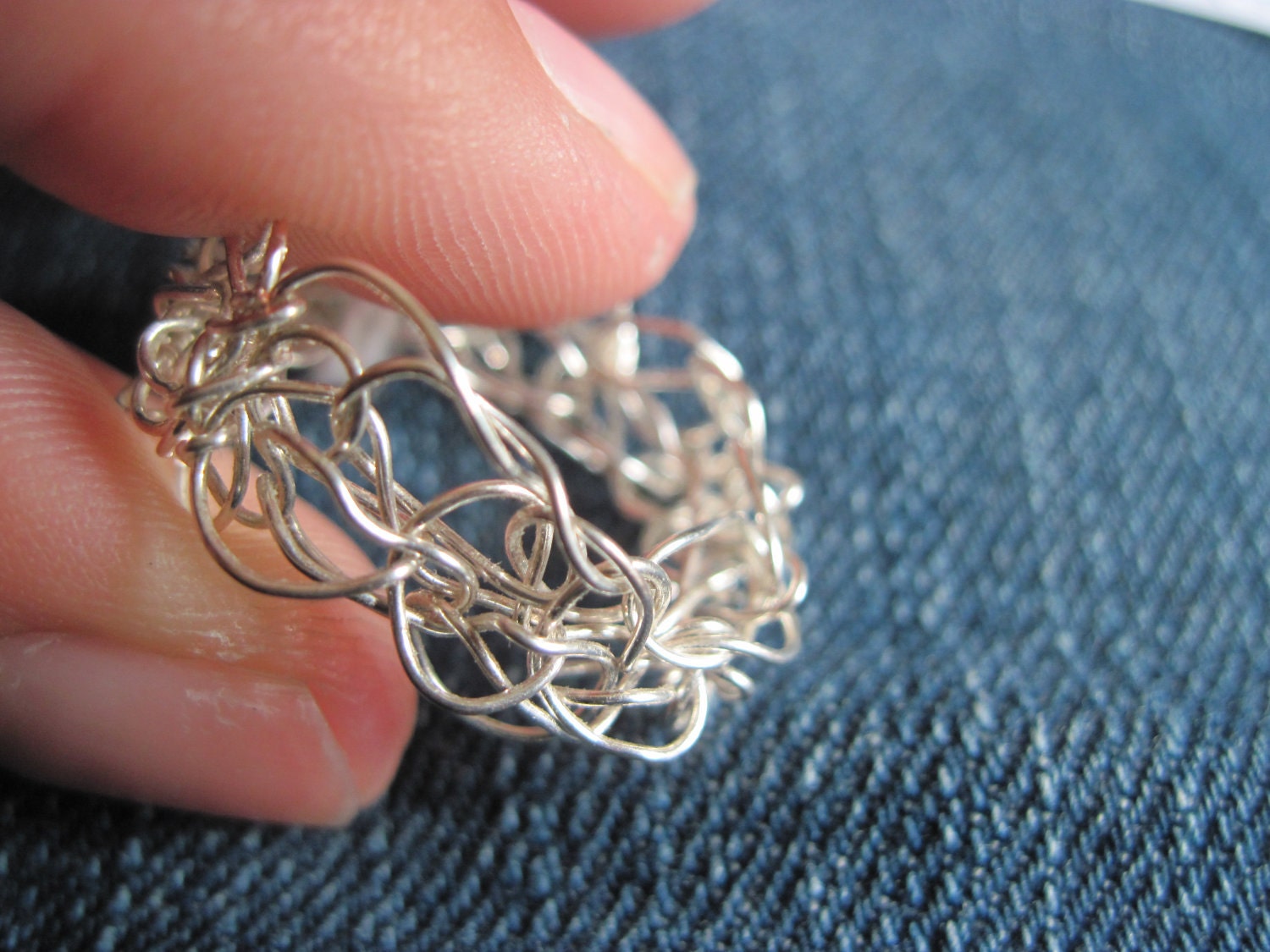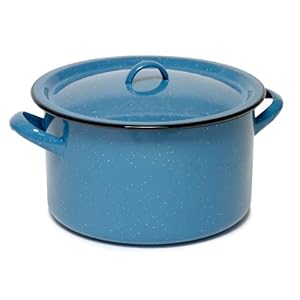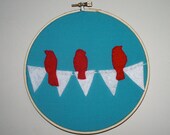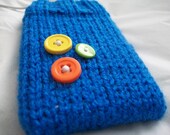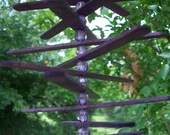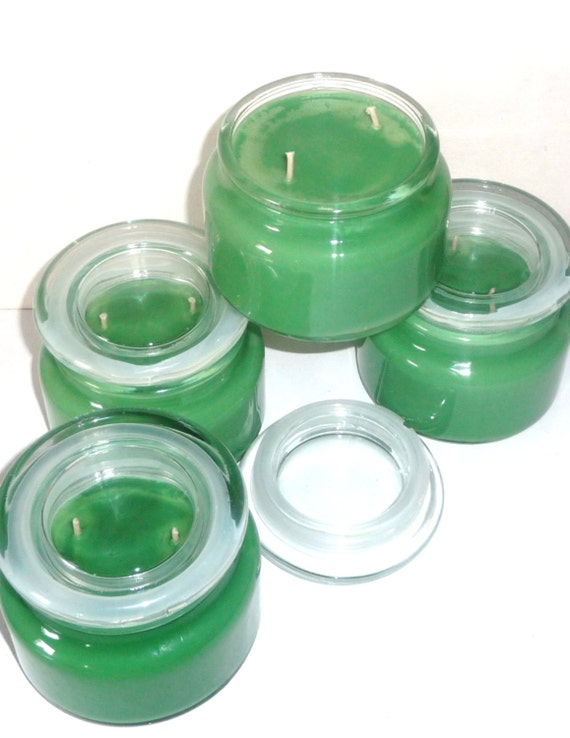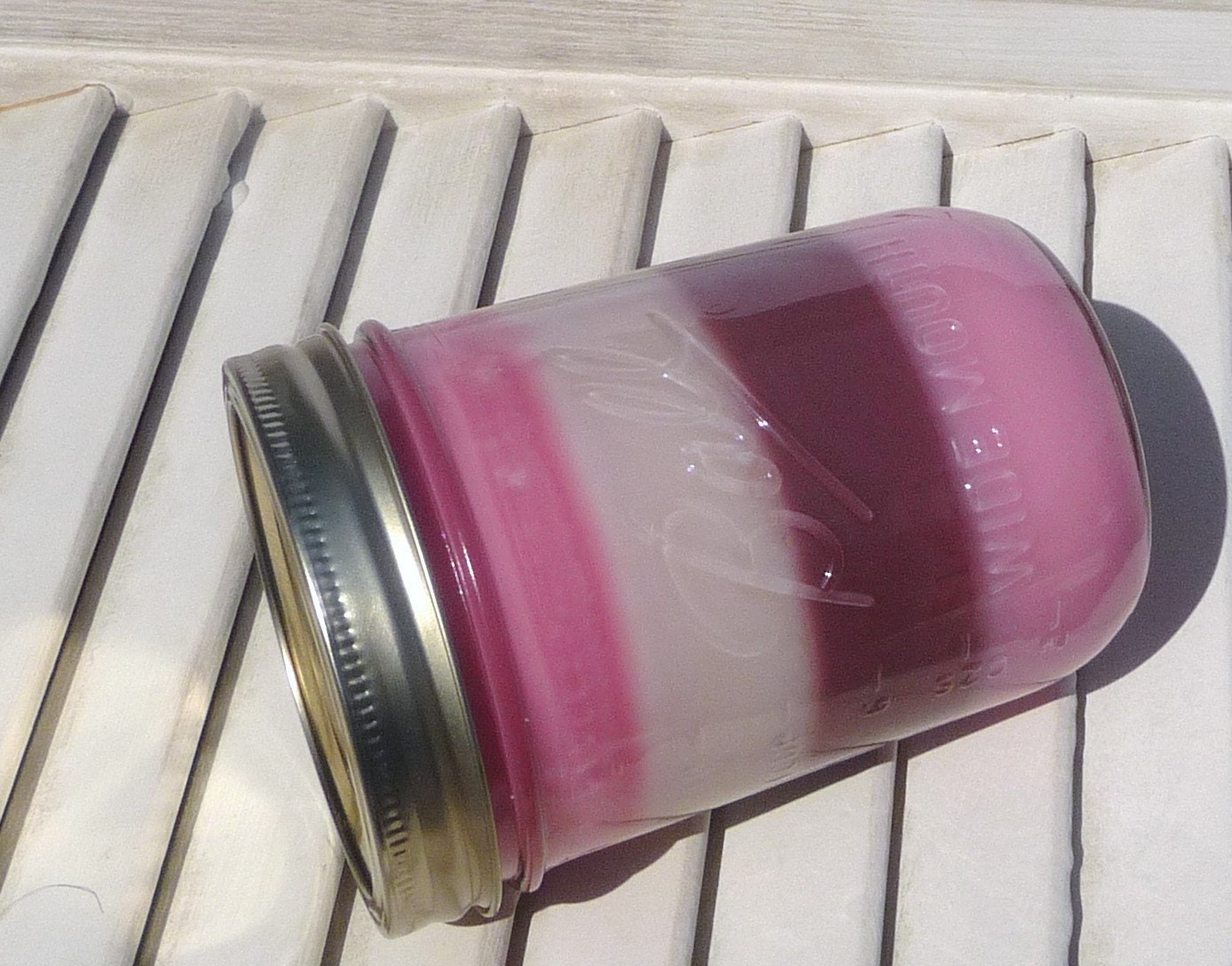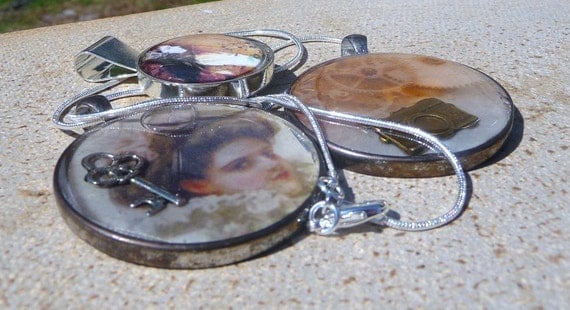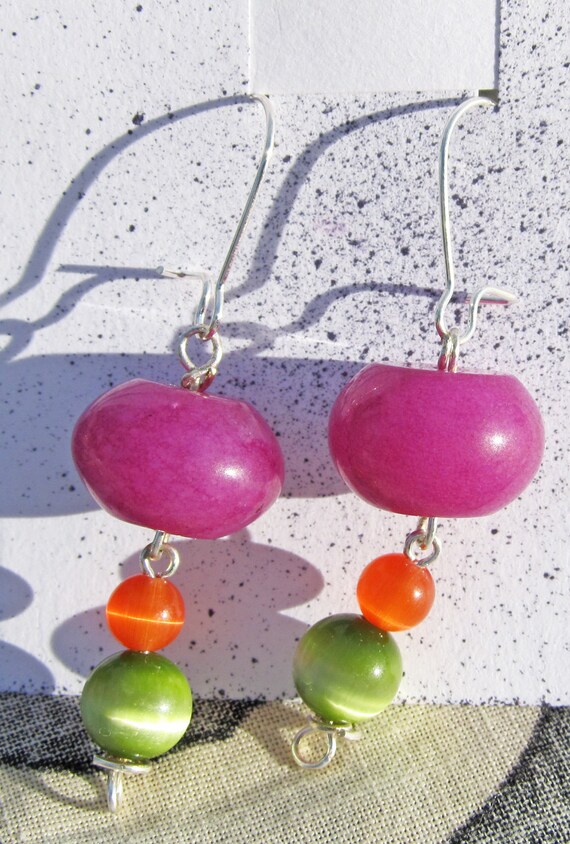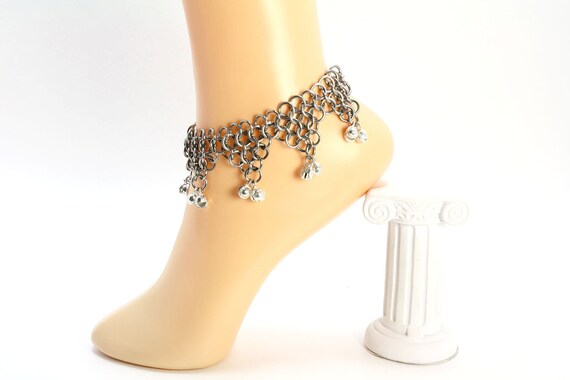Owner of Etsy shop, Tangled Metal, and lover of design elements from days of old, Eric Young of Arkansas, was kind enough to all ow me to interview him about his creations and his experiences as a male jeweler. The art of creating chainmail jewelry and other objects is an evolution of ancient armorsmithing techniques, used to craft lightweight and mobile vests, gloves, helms and more. Look around any art fair or craft show today and you are bound to hear about chainmail and steampunk designs, where elements of a bygone era combine with futuristic and sleek design to produce a unique new genre of wearable art. He's not from Tennessee, but wherever you are, steampunk and chainmail design are uber hot, and he is one of the pioneers!
You started making chainmail at age 13 to make a suit of armor; when did you start making pieces for women?
It was not very long after I created my first item, a shirt, that I started making jewelry from chainmail. Jewelry is quicker than armor for sure. That first shirt took me weeks to create. Jewelry took only hours. This was all before the Internet too. So, I was creating with no examples. I think that is why much of my chainmail style is different than other crafters.
Do you also make jewelry for men?
Yes, I do. I make many items that are for men and a lot of what I make is unisex. I make a lot of items that bikers like to wear. Heavier gauge wired, bigger rings and bolder jewelry. There are women, too, who like the more masculine jewelry. Since I work primarily in stainless steel a lot of my items are very strong, that seems to attract strong women.
When you design a piece of jewelry for a woman, what elements of the piece do you think are the most important?
I try and design pieces that enhance the beauty of a woman. I pay attention to how it will lay on the skin, how it will look in different lights and how easy it is to put on and take off. I think that every piece of jewelry should be an extension of the woman, that is why many of the items I create are custom orders. I do carry several lines of jewelry that are reproduced. Even in my production items I have shown great care to make a proper fit by making most all of my items adjustable to some extent.
How many other male jewelry designers have you encountered?
Believe it or not, up until a few years ago I only knew of two women jewelers. I know dozens of men who are jewelers and silver smiths. My father is a Silversmith and Goldsmith. I guess I grew up around his friends in the craft and they were all men. My mom makes jewelry and designs a lot of jewelry for my dad to make. When I started meeting other chainmaillers they were all guys. I did not meet any women chainmaillers until I was on the Internet. It isn't a shock at all. I do not consider chainmail armor or jewelry to be a man's work. It was more common hundreds of years ago (before men stopped being afraid of women and trying to repress them) that the craft was male dominated. Today we are all equal in most everyone's eyes.
Do you think your experience selling on etsy is any different because of your gender? For example, is it difficult for you to market to women or do you think being male is an advantage, because you stand out?
I was a booth owner at several Renaissance Faires across the country and I have set up at hundreds of art shows. This is my first real attempt at selling in an online market place. Having created jewelry for women for 25+ years, I did not find it difficult to market to women. What I do find difficult is writing descriptions that women can relate to. Selling in person has always been easier for me. When people can touch the jewelry they are more likely to buy it. Plus, I can show them the easiest way to put the item on and to take it off, which with some jewelry can be difficult. Being a guy on Etsy does help me to stand out. I am not sure if it helps sales or not.
Finally, I want to know more about the process of making chainmail. How long does it take to complete the average piece and do you use any special equipment, like a jump ring opener? Can you link your favorite jewelry making tool?
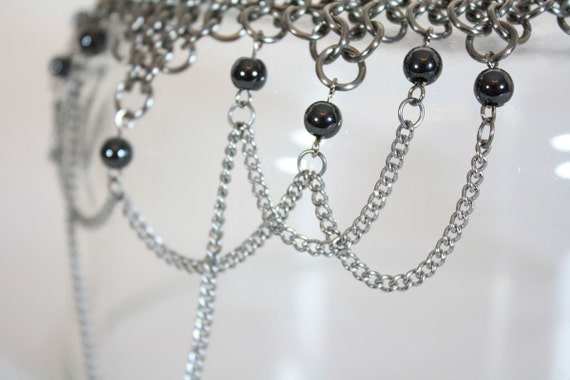
Back before the Internet finding instructions for chainmail was nonexistent. If you could find someone to teach you, you ended up being somewhat of an indentured servant for them. You had to do all of their dirty work to learn the craft. I know this because after I became a Master of the craft I took on apprentices to teach. I hope I was actually nicer than I described above. I learned all of my dirty work on my own.
It all starts out with wire. We are fortunate to not have to smelt ore to make wire in today's age. The wire is wrapped around a rod to form coils much like springs. Then each ring is cut with a jewelers saw. The saw looks like a coping saw but uses blades not too much bigger than thread. After you have a sizable amount of rings you start linking them together in one of the hundreds of weaves people have come up with over the years. After a time it starts to look like a piece of jewelry or armor.
After 25+ years of making chainmail I have become quite quick. I can sit in front of the TV and make jewelry while watching a movie. It has almost become a second nature to me. One of my necklaces would take 6+ hours when I was newly starting out. Now I can make a completed necklace in less than an hour. That is with my production pieces. The reason for the speed is that I rarely make a single production piece. In fact I rarely make less than ten production pieces at a time. Making one of a kind custom pieces can still take me hours to create. And I do enjoy that challenge.
I make a lot of my own tools, from winding machines to cutting machines. I modify pliers to suit my needs. The basic setup is pretty simple. Metal rods for winding coils. Jewelers saws for cutting rings. Pliers for connecting rings. You also have round nose for wrapping beads, non-serrated pliers for working with soft metals, etc.
I could not think of a favorite tool off hand. When I am in full production mode I generally wear out tools within weeks so it is hard to get attached.
Eric Young can be found on the Internet at the following locations:
www.TangledMetal.com
www.facebook.com/TangledMetal
www.Etsy.com/shop/TangledMetal
 Nashville designer Jennifer is offering this colorful peacock hair clip and many other stylish pieces in here online shop: http://www.etsy.com/shop/mrsjennifermartin
Nashville designer Jennifer is offering this colorful peacock hair clip and many other stylish pieces in here online shop: http://www.etsy.com/shop/mrsjennifermartin